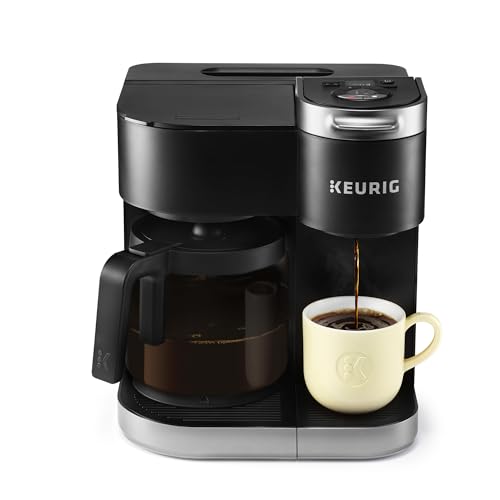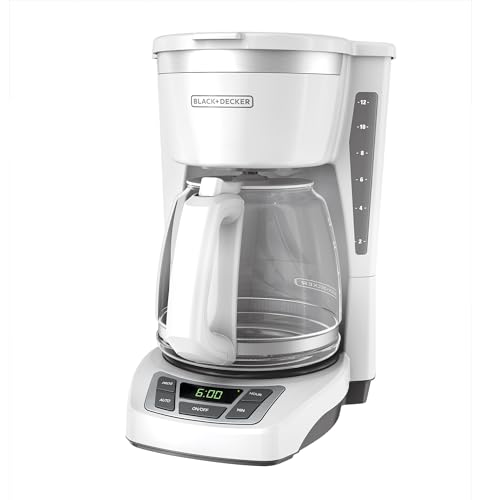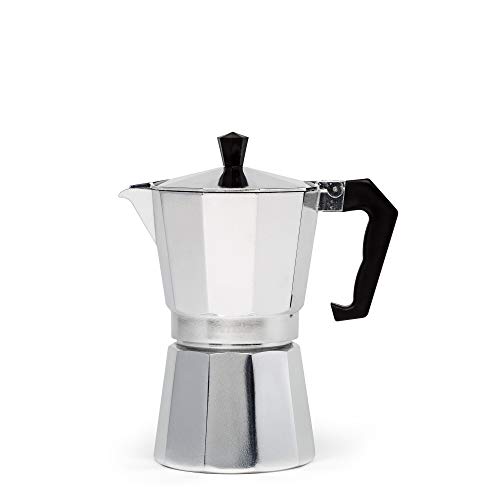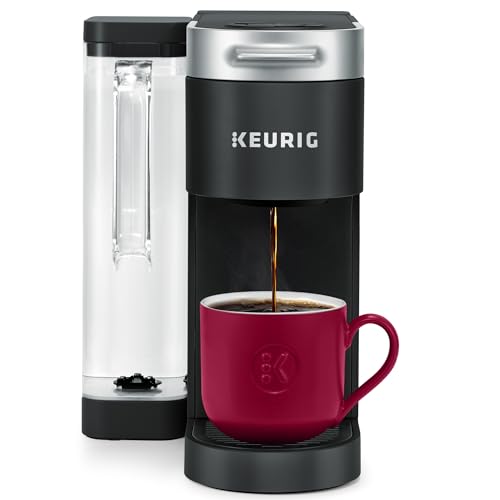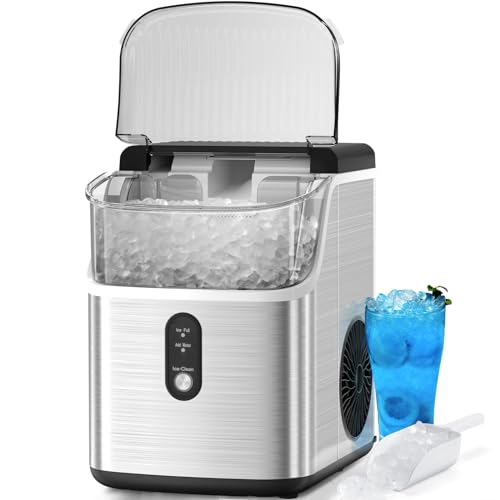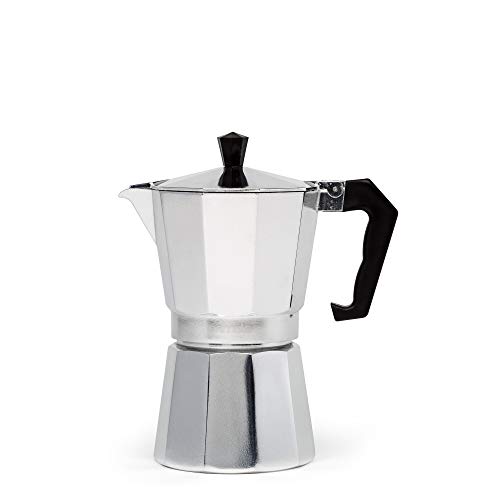“Can you put a freestanding wine cooler under a counter?” This is a question that many wine enthusiasts often ask as they try to find the best and most space-efficient ways to store their collection.
Wine coolers, particularly freestanding ones, offer a convenient and stylish solution for wine storage. However, their placement within the home can sometimes present a challenge. Many people wonder whether tucking these coolers under a counter is a suitable option.
This document aims to explore this question in depth, considering the technical and environmental factors that could influence such a decision.
Can You Put a Freestanding Wine Cooler Under a Counter?
Typically, it is not recommended to place a freestanding wine cooler under a counter. Freestanding wine coolers are designed to stand alone and have venting systems that are located at the back of the unit.
When placed under a counter, these vents can become obstructed, leading to overheating and potential damage to both the unit and the wine inside. Overheating could also pose a fire hazard, especially if the unit is surrounded by wooden cabinets.
Additionally, freestanding wine coolers require space around them for proper air circulation. If this requirement is not met, it could result in the cooler working harder to maintain the desired temperature, which can shorten the lifespan of the cooler and increase energy consumption.
However, if you wish to incorporate a wine cooler into your kitchen or bar counter, consider opting for a built-in model. These models, also known as under-counter wine coolers, are specifically designed with front ventilation systems to allow for seamless integration into cabinetry.
They operate efficiently in tight spaces and can be a practical and aesthetically pleasing addition to your space.
But if you have a freestanding model already and you’re keen on placing it under a counter, it’s essential to ensure there’s ample space for ventilation. Consulting with a professional or the cooler’s manufacturer is also advised to understand the potential challenges and solutions better.
Remember, the primary goal is to store your wine at optimal conditions to preserve its quality and taste.
Tips on Installing Freestanding Wine Cooler
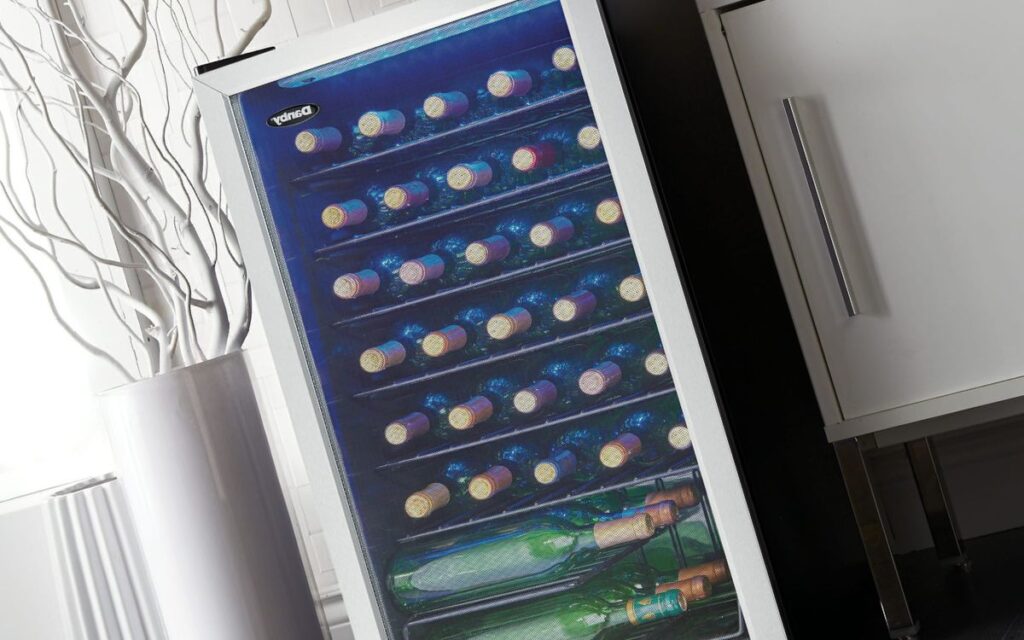
When installing a freestanding wine cooler, several considerations can help ensure optimal performance and preserve the longevity of your wine collection. Firstly, consider the location.
The cooler should be placed in an area less prone to temperature fluctuations, away from windows, heating vents, or the stove, as these can create an unstable environment inside your cooler.
Secondly, keep your cooler on a flat, solid surface to reduce vibrations, which can disturb the sediment in your wine and affect its quality over time.
Additionally, remember to maintain a few inches of space around the freestanding cooler for proper ventilation, especially if you’re placing it near a wall or furniture. Make sure to avoid carpeted areas as they can obstruct the cooler’s vents.
Regularly clean the cooler’s interior and exterior to prevent the build-up of dust or mold, which could adversely affect the cooler’s performance and the taste of your wine. Use a soft cloth and mild, non-abrasive cleaning agents for this purpose.
Finally, check on your wine cooler periodically. Listen for any unusual noises and monitor temperature and humidity levels to ensure they remain consistent. If you notice any sudden changes, consult with a professional or the cooler’s manufacturer.
These steps will help you maintain the quality and taste of your wine collection while extending the lifespan of your freestanding wine cooler.
FAQs About Wine Coolers
Over the course of this discussion, a few questions may have surfaced regarding the placement and usage of wine coolers. For your convenience, we have compiled a list of frequently asked questions to provide further clarity on the topic.
Can a freestanding wine cooler be built into cabinetry?
While it’s technically possible to build a freestanding wine cooler into cabinetry, it’s generally not recommended due to the ventilation needs of these units. The rear vents can become easily blocked when enclosed, potentially leading to overheating and damage to the unit or the delicate wine stored inside.
For built-in options, it is advisable to opt for units specifically designed for this purpose. These specialized wine coolers typically feature front ventilation, allowing for proper airflow and temperature control, ensuring the longevity and preservation of your precious wine collection.
What can happen if I place a freestanding wine cooler under a counter?
When a freestanding wine cooler is placed under a counter, the vents at the back can become obstructed, which can cause the unit to overheat. This could result in damage to both the cooler and the wine inside.
Also, the wine cooler may have to work harder to maintain the desired temperature, which could increase your energy bills and ultimately shorten the lifespan of your wine cooler.
Are there alternatives to freestanding wine coolers that can fit under a counter?
Yes, there are alternatives to freestanding wine coolers that can fit under a counter, known as built-in or under-counter wine coolers. These models are specifically designed to integrate seamlessly into cabinetry or beneath counters, featuring front vents to enable effective heat dissipation even in confined spaces.
Built-in or under-counter wine coolers offer the advantage of saving valuable floor space while providing a sleek and streamlined look to your kitchen or entertainment area. With their compact design, they can be easily installed without the need for additional modifications to your existing cabinetry.
Additionally, these coolers often come with adjustable temperature settings and UV-protected glass doors to ensure optimal storage conditions for your prized wine collection.
So, whether you’re a wine enthusiast or simply looking to add a touch of sophistication to your home, consider the versatility and functionality of built-in or under-counter wine coolers as a great option.
Final Thoughts
Incorporating a wine cooler effectively into your home requires careful consideration of both aesthetics and technical elements. While freestanding wine coolers may not be the best fit for under-counter placement due to potential ventilation issues, built-in models offer an effective solution, combining functionality and style.
It’s imperative to remember that, whether freestanding or built-in, proper use and maintenance are key to preserving both your cooler and your wine collection’s quality and longevity. Always prioritize the wine’s optimal storage conditions and seek professional advice if necessary. After all, the joy of a well-preserved wine is well worth the effort.
